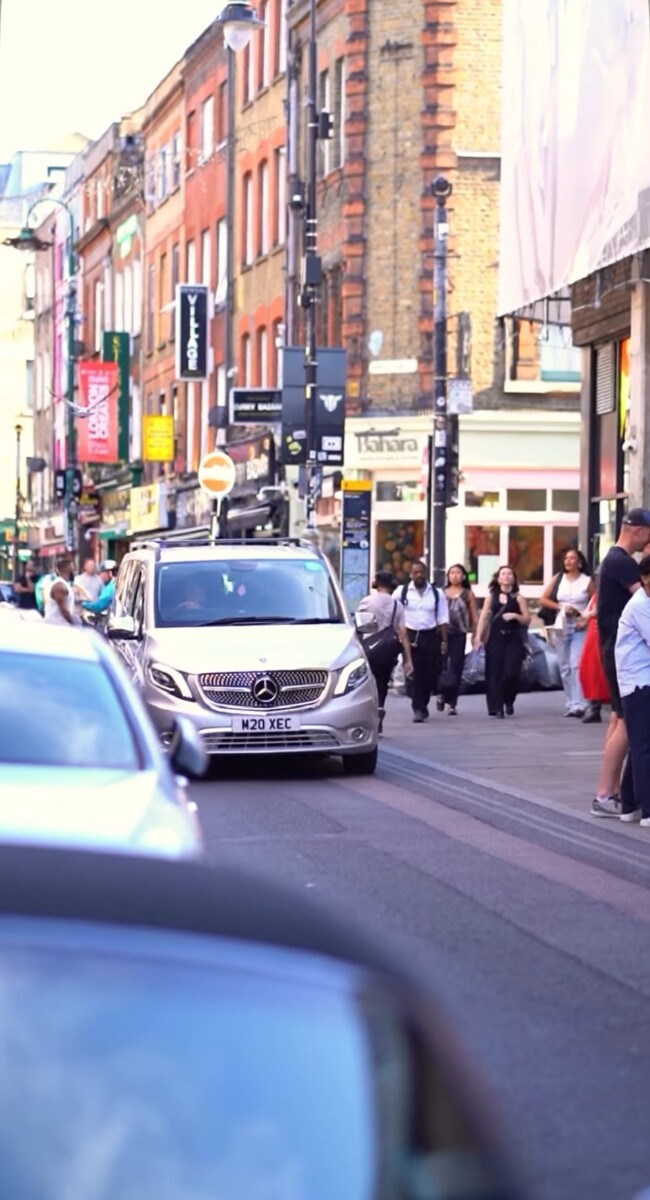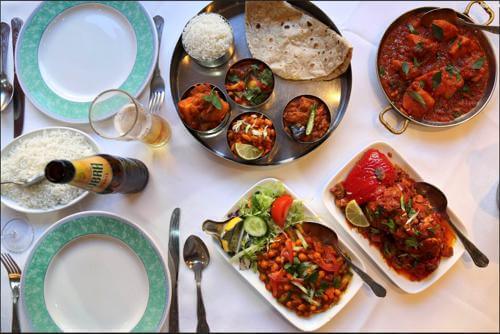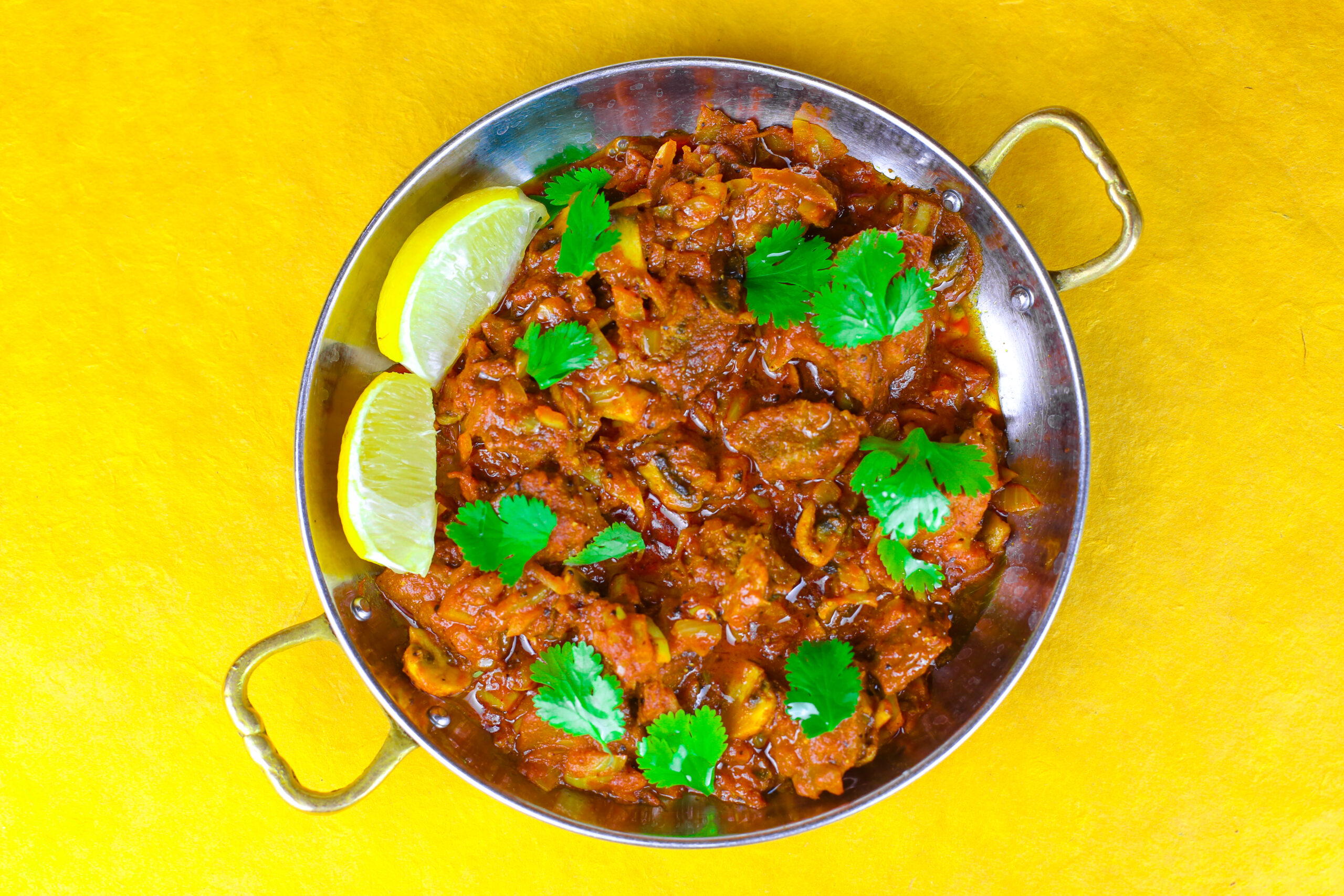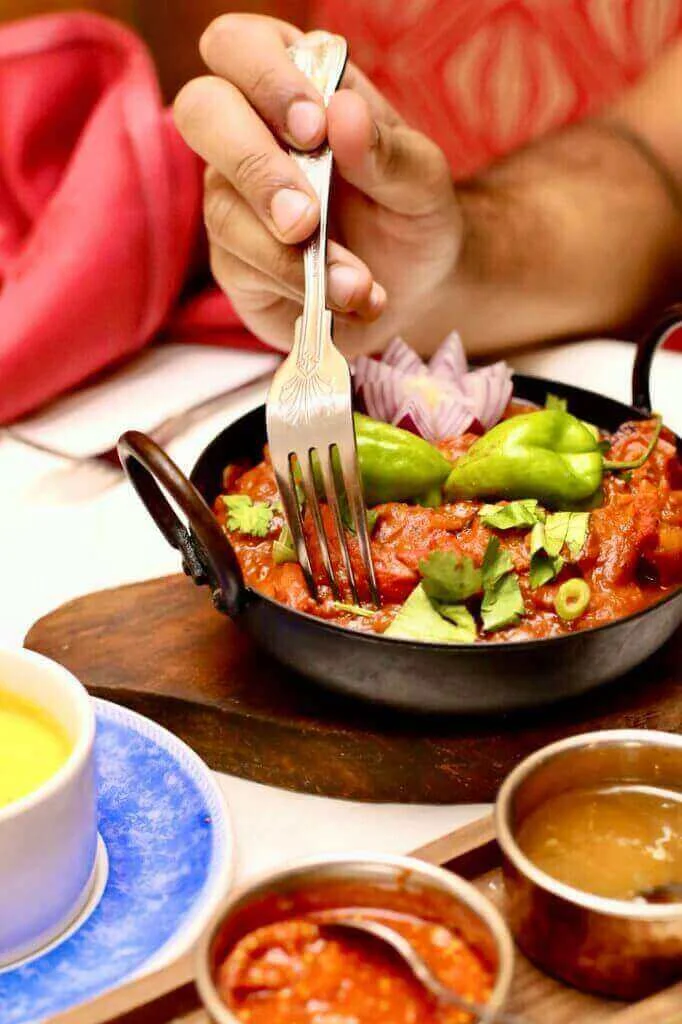
Why Brick Lane Remains London’s Curry Capital
Brick Lane Remains London’s Curry Capital, attracting food lovers from across the world. With its award-winning restaurants, rich heritage, and vibrant atmosphere, it continues to be the heart of London’s curry culture.
Brick Lane is not just a street. It is not just a landmark. It is a legend. And above all, Brick Lane continues to set the standard for Indian food in London.
The city expands. Restaurants open up. Food fashions change. But Brick Lane stands firm. It is still the pulse of London’s curry life. It is still the first name that comes to mind when someone says, “Let’s go out for Indian food.”
A Street With History
Firstly, Brick Lane has history. Years back, South Asian migrants came to live here. They brought the spices, recipes, and traditions. Brick Lane changed gradually.
A market and factory street turned into a curry and flavor street. Thus, Brick Lane is more than just a restaurant area. It is an account of migration, survival, and culture.
The curry capital of UK:
There are plenty of food destinations in London. But none compare to Brick Lane. Why? Because it is the Curry Capital of the UK.
Visitors from all across the globe come here. Locals as well. They come for biryanis, kebabs, naans, and, of course, curries. And yet, after years, they leave saying the very same words: “Brick Lane serves the best Indian food in London.”
City Spice London: The King of Brick Lane
Among the dozen restaurants, one stands tall: City Spice London. This award-winning restaurant is the “King of Brick Lane,” and it represents perfection.
It serves real food, made with love. From butter chicken laced with creamy goodness to the tandoori grill sizzling, the menu balances both tradition and flavor. Additionally, it doesn’t just prepare food. It crafts experiences.
Thus, City Spice does not merely provide meals. It maintains the pride of Brick Lane. It sustains the legend.
The Reasons Brick Lane Is Still Significant
Everyone wants to know: Why does Brick Lane continue to be relevant? Why does it continue to represent Indian eating in London, when there are so many newer alternatives?
The reason is because Brick Lane provides:
Authenticity:
Dishes grounded in Indian and Bangladeshi home cooking.
Variety:
Dozens of restaurants, each one distinct.
History:
Multigenerational family-run curry houses.
Recognition:
International visitors recognise the name even before they arrive.
Therefore, Brick Lane endures. It evolves but it never loses its spirit.
Tradition Meets Modern London
Yet, Brick Lane is not static. It changes. Restaurants offer vegan options. They offer healthier alternatives. They create contemporary interiors.
But the foundation is tradition.Spices are fresh-ground. Curries are cooked for hours. Welcome feels intimate, like home.
Thus, Brick Lane reconciles the old and the new. It provides nostalgia for those who grew up on curry. It provides experience for those who try it for the first time.
Beyond Food: A Cultural Symbol
Brick Lane is not only a restaurant. It’s a community. The culture of South Asia is built into London itself. The street glows with festivals. Its walls are painted and the cafes are full of stories. Indian eating thrives in the middle of it all. Dining on Brick Lane is therefore more than just a meal. It’s a cultural encounter. With every bite, it is stepping into the past.
Brick Lane is not only a restaurant. It’s a sense of community. The culture of South Asia has been built into London itself. The street glows with festivals. Its walls are painted. Its cafés are full of stories. Indian eating thrives in the middle of it all. Dining on Brick Lane is therefore more than just a meal. It’s a cultural encounter. With every bite, it is stepping into the past.
Tourists and Locals Agree
Visitors say it’s a must-see. Locals refer to it as convenience. Students call it cost-effective. Families refer to it as tradition. thus everyone is catered to by Brick Lane, Quick lunch, a sumptuous meal. An after-hours snack. There is something here for every occasion, mood, and appetite. The international reviews also support it. News outlets, food writers, and travel bloggers all laud Brick Lane as home to some of London’s best Indian restaurants.
It is considered a must-visit for tourists. It’s referred to as comfort there. Students refer to it as being reasonably priced. It’s referred to as tradition. Brick Lane is a good fit for everyone. A brief lunch. A formal dinner. An after-hours treat. Here you can find a location for every purpose, mood, and appetite. Furthermore, the reviews from throughout the world support this. The top Indian restaurants in London may be found in Brick Lane, according to news sources, travel websites, and food reviews.
The Role of City Spice
But the crown jewel remains City Spice. City Spice leads with awards,It’s quality, And with consistency.
More than three decades ago, City Spice opened its doors to millions of visitors. Stars, politicians, residents, and tourists have all eaten here. So, City Spice does not only reflect Brick Lane. It reflects the essence of Indian food in London.
Brick Lane vs. Other Food Streets
Of course, London has plenty of good food streets. Soho for the variety. Chinatown for Chinese. Camden for street food.
But Brick Lane is different. Because no other street holds so strong an identity attached to a single cuisine. No other street encapsulates London’s relationship with Indian food the way Brick Lane does.
Final Thoughts
London changes all the time. Food trends come and go. But Brick Lane isn’t changed. It remains unwavering. It has a strong position.
And for good reason, Brick Lane still rules London’s Indian cuisine. That’s true. That is unique. It’s lively.
City Spice London, which is located on this street, carries on the custom. It illustrates why Brick Lane is deserving of the moniker “Curry Capital.” So whether you live in London or are just visiting, go ahead and do it. Go for a stroll along the road. Inhale the aroma of the spices. Take pleasure in the curries.
Additionally, keep in mind that Brick Lane is more than just a place to visit. It represents Indian cuisine in London.





